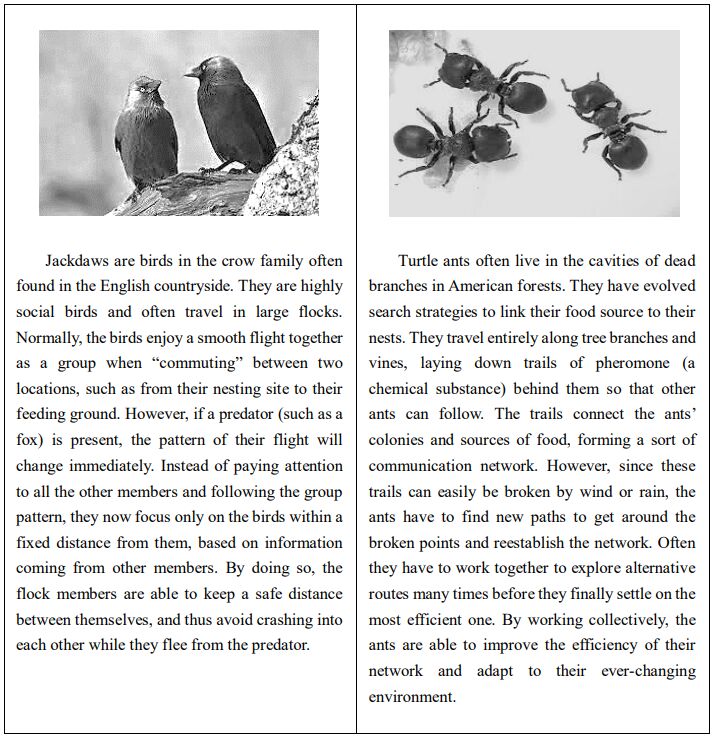第 43 至 46 題為題組 In 2020, Petur Oddsson, a power station worker in Iceland, was struck by a 60,000-volt current. The
electrical shock burned almost half of his body and melted layers of his skin off. Such deep and extensive
burns can be fatal. But Oddsson’s life was saved by a creative invention: transplanting codfish skins onto
human bodies.
A triumph for medical technology, Oddsson’s fish skin transplantation was actually part of the
astonishing achievement of “100% Fish,” an ambitious task in promoting environmental efficiency. The
Icelandic project, from which this pioneering procedure emerged, strives for making a fundamental
change in the marine industry. It aims to encourage full utilization of each fish caught, and to strengthen
innovation in seafood products.
Reducing waste of fish catch has become a serious issue today, when many countries are faced with
food crises. According to a 2003 study, about 60% of a codfish caught in Iceland was lost or wasted during
the production process for human consumption. Under the guidance of 100% Fish, however, Icelanders are
now using almost 95% of a cod. Cod skin, for example, is made into calcium supplement and energy drinks,
and even as material for skin transplantation as in Oddsson’s case. Dried fish heads and spines are exported
to West Africa, where they are used as the base of a protein-rich soup. Other groundbreaking products,
including Omega-3 capsules, cold virus pretreatment sprays, and dog snacks are made from what was once
cod catch detritus.
The Icelandic success is accomplished largely through cooperative efforts across various industries.
100% Fish takes the initiative to show seafood companies the importance of collaboration, and facilitate
valuable connections between fishing companies and other participants of the project, including academia,
start-ups, and research and development teams. By sharing knowledge and information, the different sectors
are able to come up with improved processing and handling, through which creation of various innovative
products was made possible. The project not only helps Icelanders to get 30% more value from each cod
than most developed countries, but also provides an effective model to promote resource efficiency
worldwide.
【題組】43. What is the primary goal of 100% Fish?
(A) To advance ocean technology.
(B) To reduce food crises worldwide.
(C) To enhance cross-industry cooperation.
(D) To make the most of marine resources.

